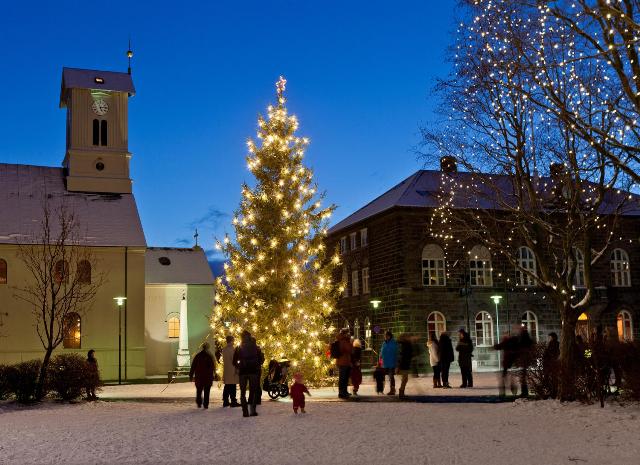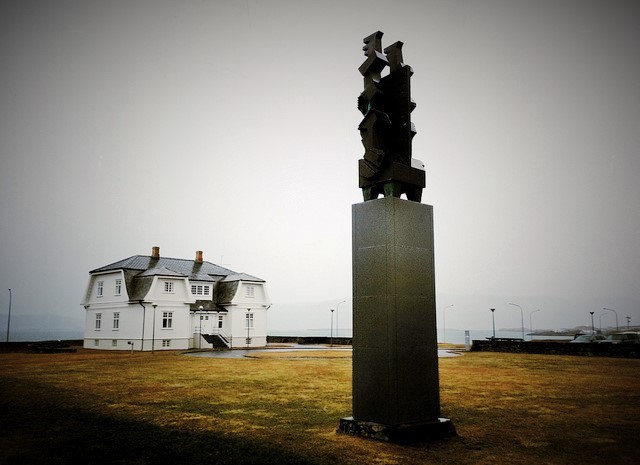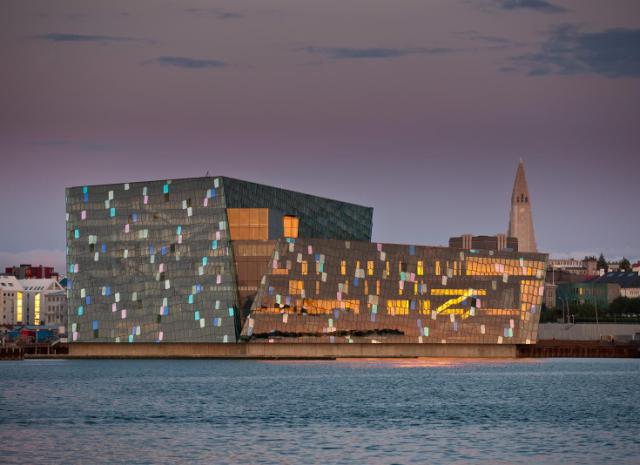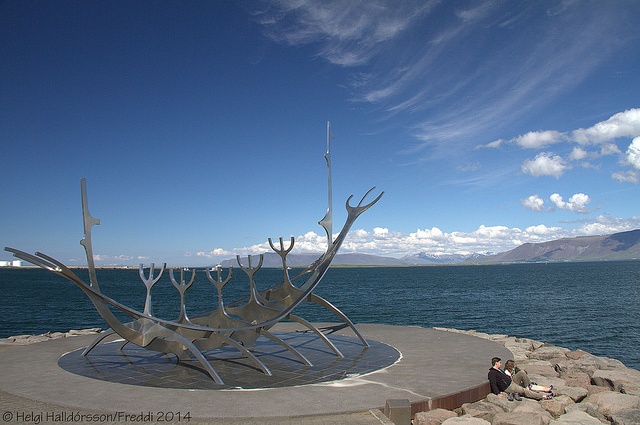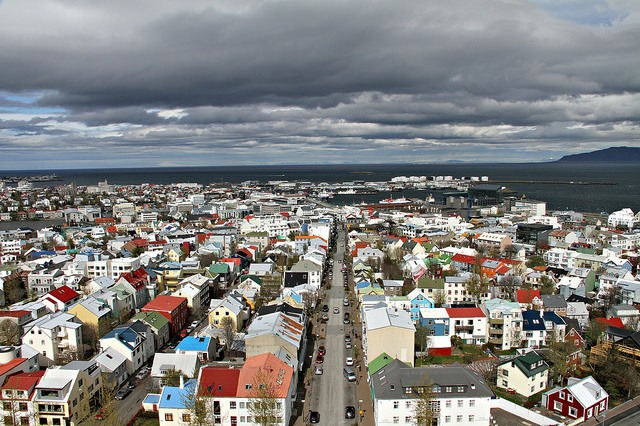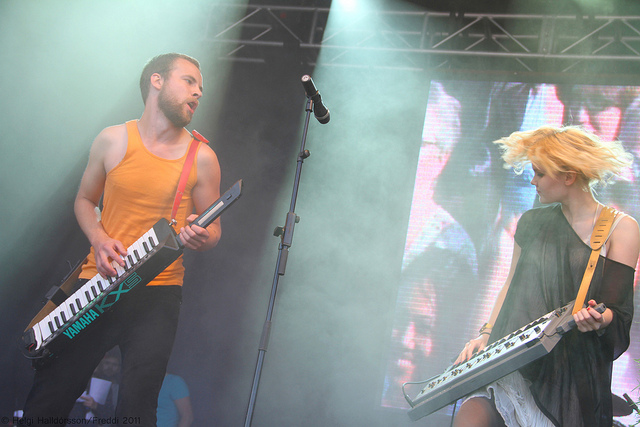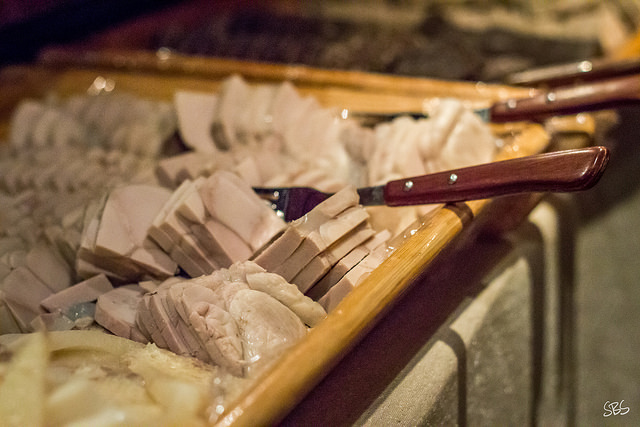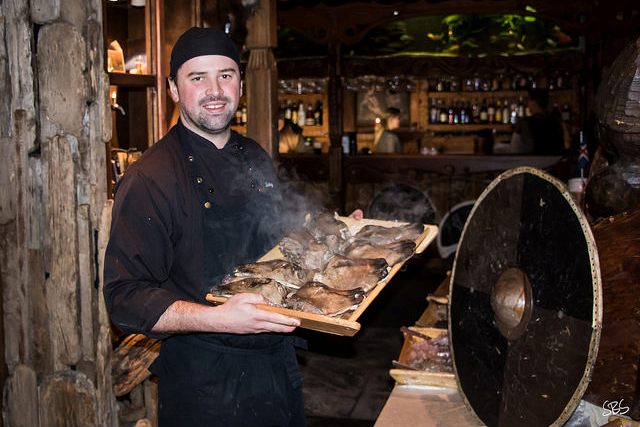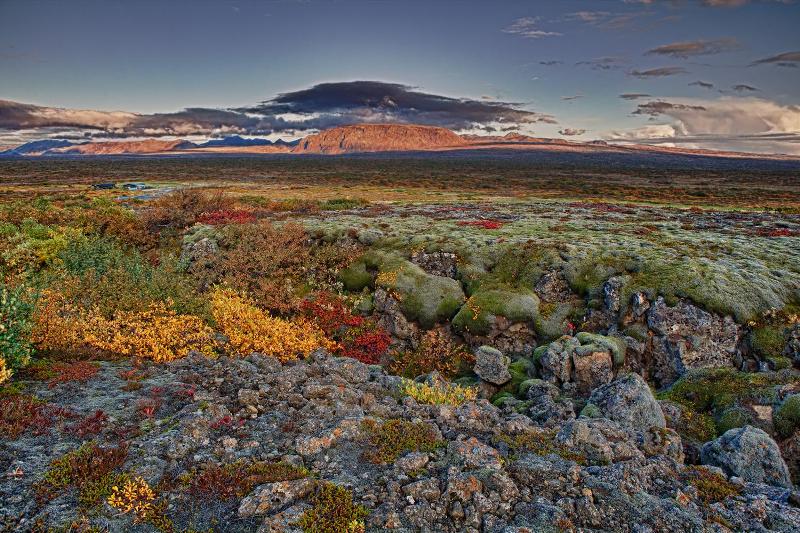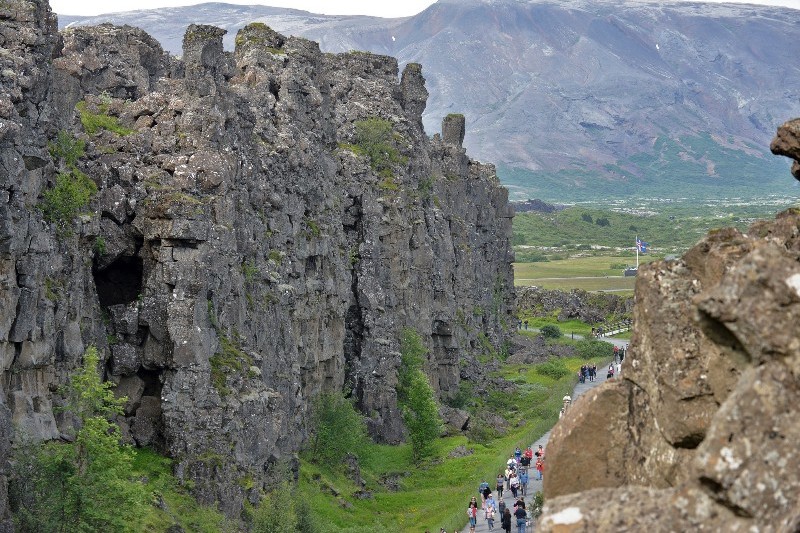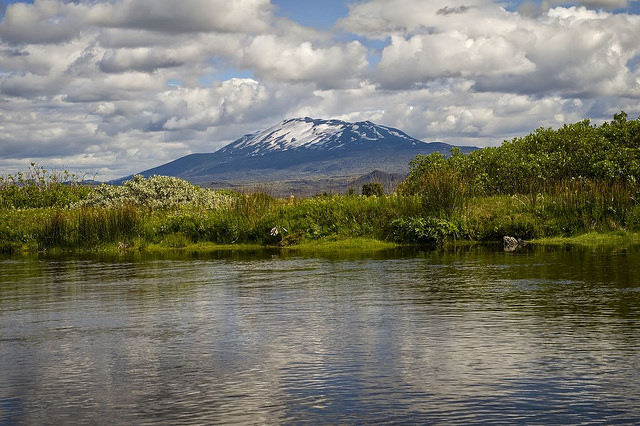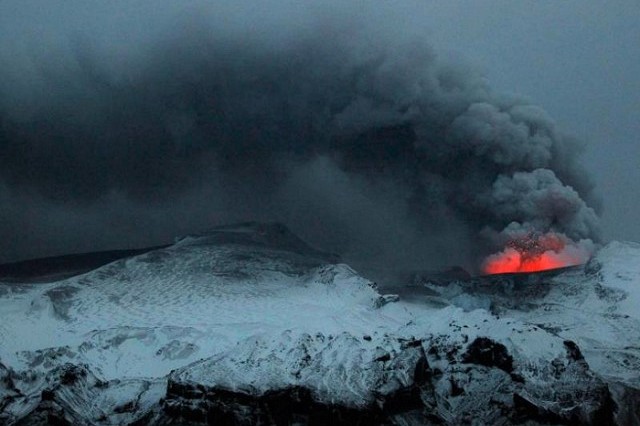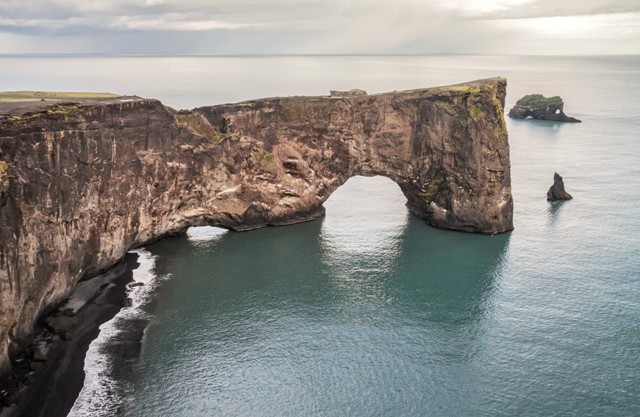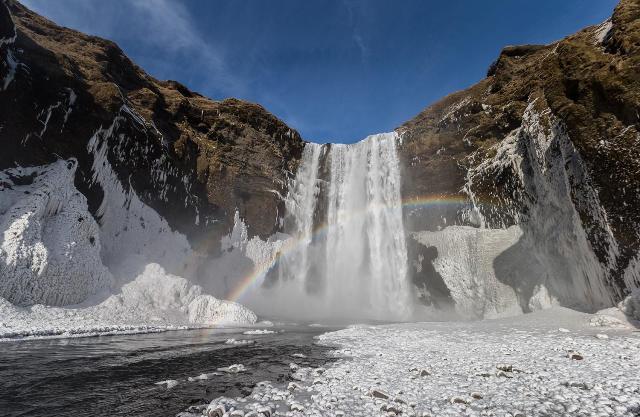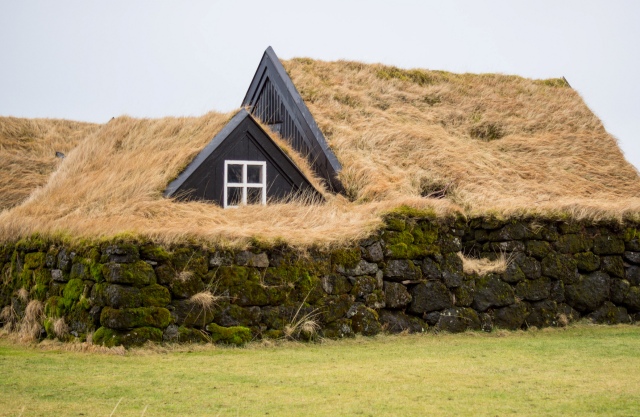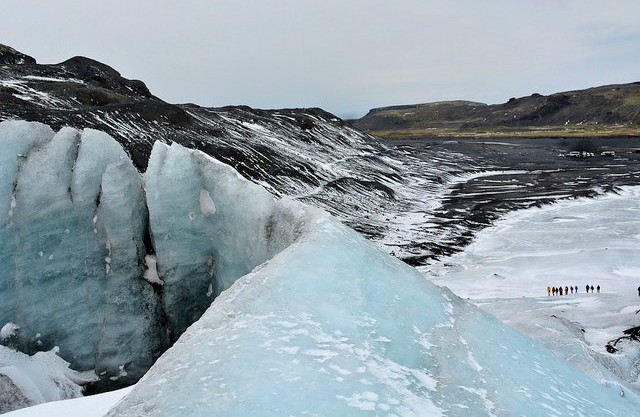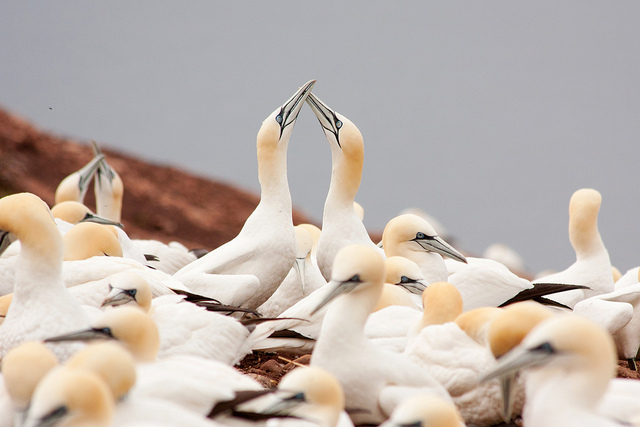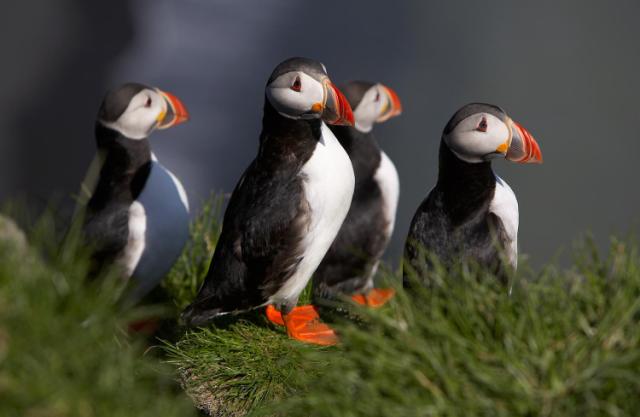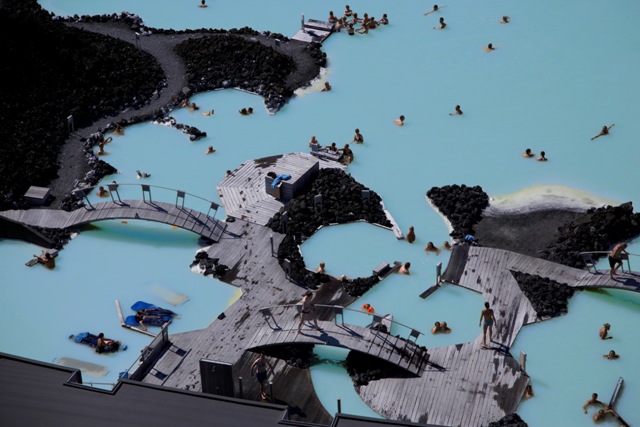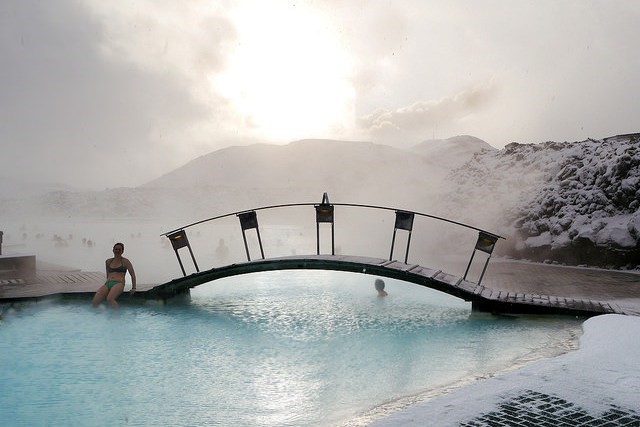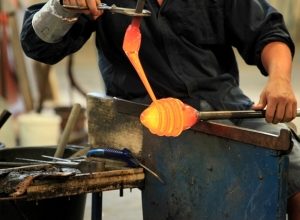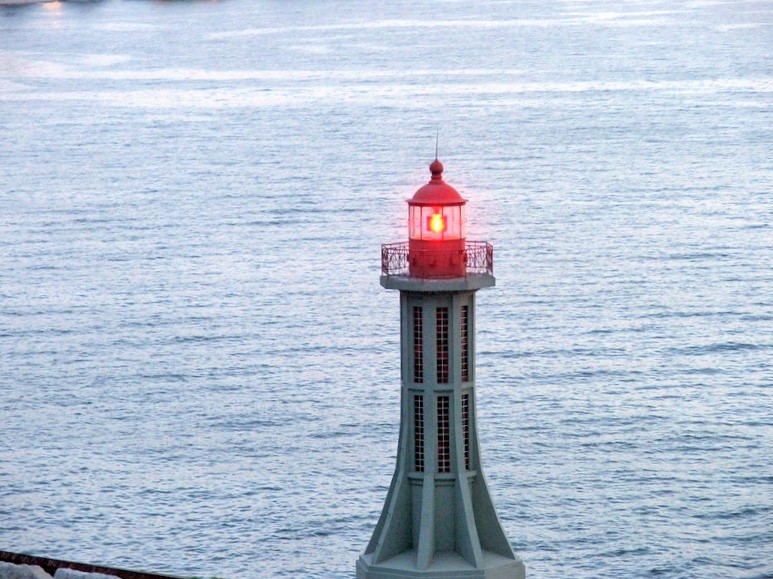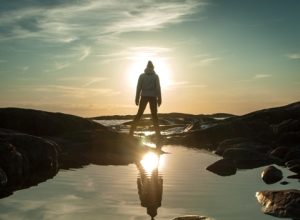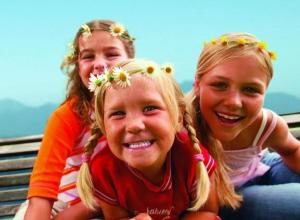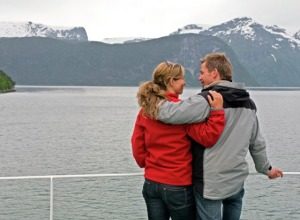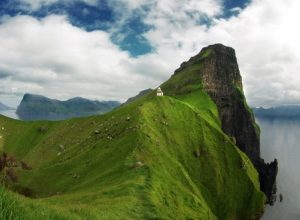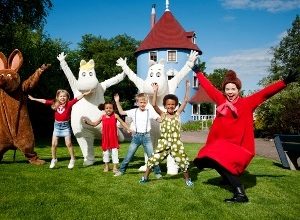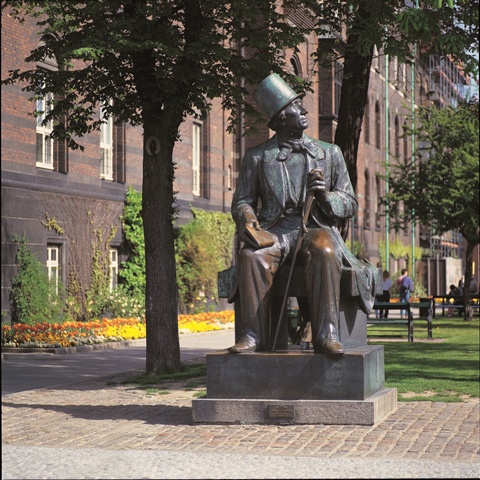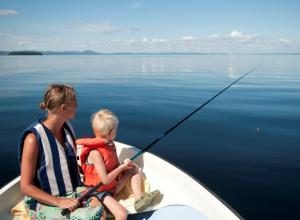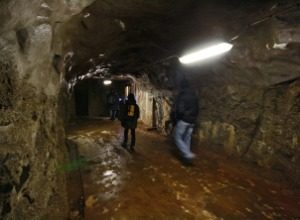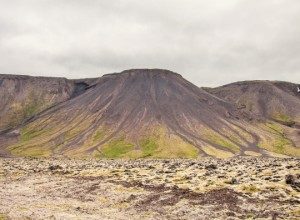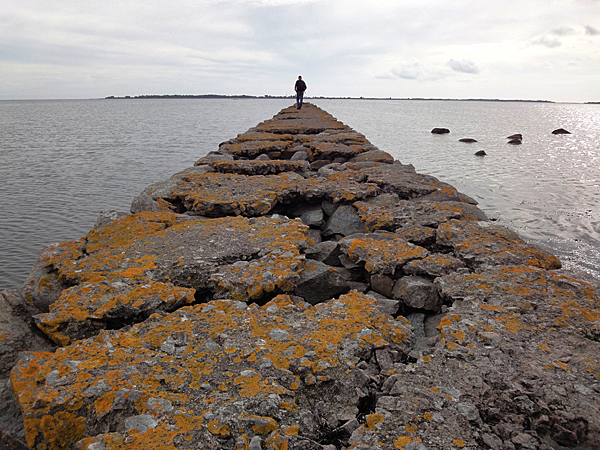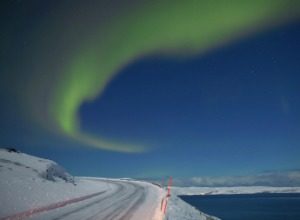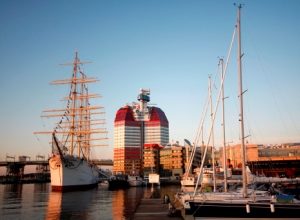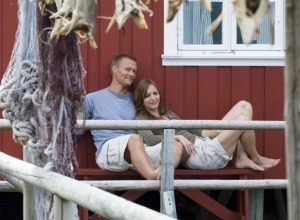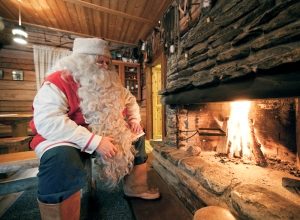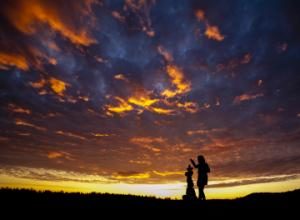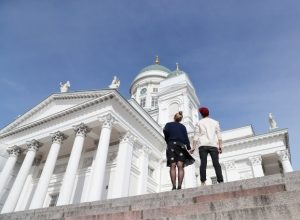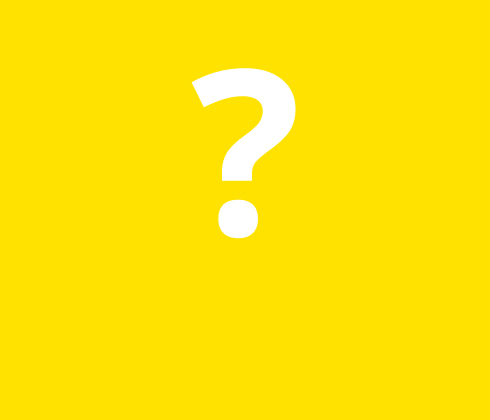ICELAND – THE ISLAND OF ICE AND FIRE
ICELAND – THE ISLAND OF ICE AND FIRE
ICELAND TOURS – TRIPS TO ICELAND
Day 1
![]()
![]()
![]()
REYKJAVÍK
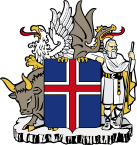
- evening flight from Warsaw
- arrival at the Leifur Eiríksson airport in Keflavík
- transfer to Reykjavík
- accommodation at the hotel
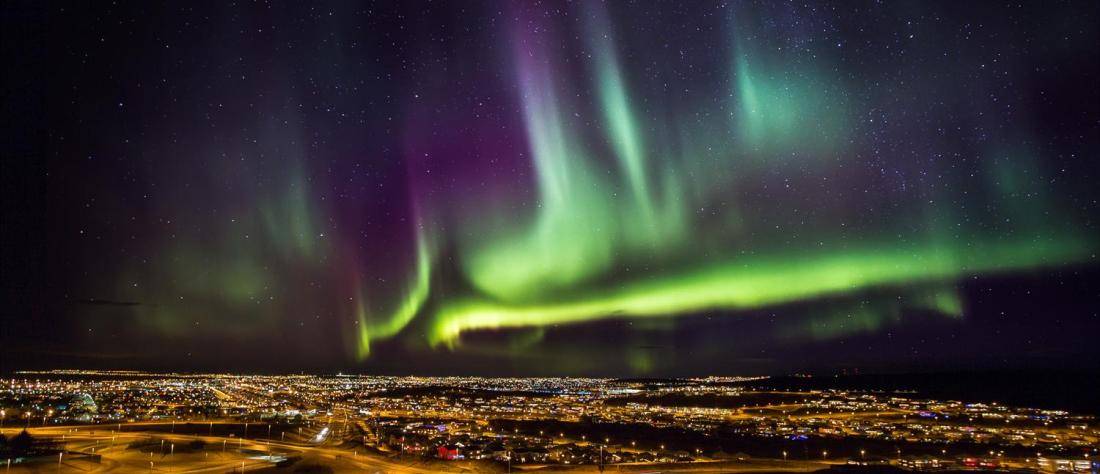
Day 2
![]()
![]()
![]()
![]()
![]()
![]()
![]()
![]()
REYKJAVÍK

- sightseeing tour of Reykjavík
– Tjörnin pond and the City Hall
– cathedral
– parliament – Alþingi
– Harpa Center for Music and Meetings
– the monument of Ingólfur Arnarsson
- lunch
– Hallgrímskirkja church
– Laugavegur – main shopping street in Reykjavík
– Höfði
- bathing in the geothermal pools
- dinner
- evening in the pub with live music
- return to the hotel
Hotel in the Reykjavík centre

Lunch – a regional delicacy
Icelandic haddock

Dinner – þorramatur
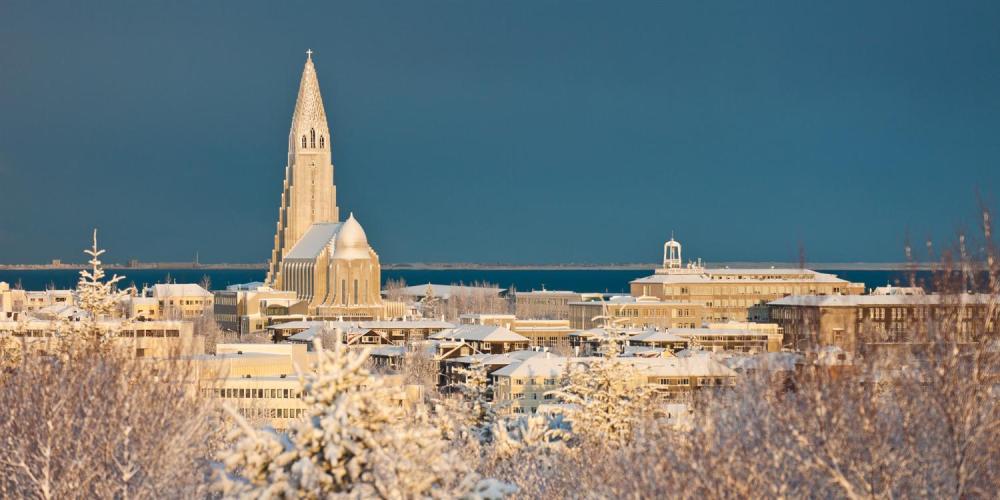
REYKJAVÍK
The northernmost capital in the world
HARPA
Concert hall and conference centre in Reykjavík. It is also the auditorium of Icelandic Symphony Orchestra. Noteworthy is that the façade of Harpa is made of glass panels arranged in a specific way causing that the building has different colour depending on the angle of incidence of the sunlight.
CLUBS IN REYKJAVÍK
There are hundreds of clubs and pubs in the capital of Iceland. The live music is usually performed here and tourists can be surprised by spontaneous fun of Icelanders who energetically join the common singing. You can also join the party where Björk, The Sugarcubes and Sigur Rós debuted on the stage.
Bathing in geothermal pools

YOU SHOULD TRY!
ÞORRAMATUR
‘Icelandic tapas’ – a selection of traditional Icelandic dishes consisting mainly of meat and fish dishes prepared according to traditional recipes, cut into pieces or slices, served with dark rye bread baked in lava, butter and Brennivín (akvavit) – a herbal vodka popular in Scandinavia. Þorramatur derived from traditional methods of preparing food in the pre-harvest season, at the time when Iceland was not as prosperous country as today and a very common problem was the shortage of food. No food was supposed to be wasted and almost everything what was possible to eat was preserved in various ways – by salting, drying, pickling or roasting in the cooling lava to survive severe winter and spring period. Especially in the pre-harvest season when better food had already been eaten people had to do with less noble meat. In the present Iceland no one lacks food although frankly speaking it costs quite a lot. Agricultural production requires a great effort and it is very expensive but anyhow the harvest is not impressive in the Icelandic barren land. Although it would be cheaper to import all the food, the farmers are not giving up and eating local products is almost a patriotic duty. Nevertheless no one is afraid of hunger in the spring time, þorramatur is still very popular. Even special þorramatur feasts called Þorrablót are arranged. Among þorramatur dishes you can find pickled and smoked shark, black pudding, meat and fish jellies, dried fish with butter, smoked mutton and lamb, skýr – a type of finely grounded, skimmed cottage cheese similar to yoghurt and many other dishes that it is better to eat and not to think of what they were made of…
Day 3
![]()
![]()
![]()
![]()
![]()
![]()
![]()
![]()
‘THE GOLDEN CIRCLE’ – THE BIGGEST ATTRACTIONS OF THE SOUTH
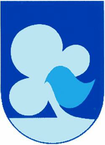
- bus trip to Þingvellir (Thingvellir) National Park
– fields where the first Icelandic parliament was convened
– Öxarárfoss waterfall
– border between America and Europe
– church
- lunch
- Geysir and Strokkur geysers and hot springs
- Gullfoss – The Golden Waterfall
- dinner
- stroll by ‘the hot river’
- return to the hotel in Reykjavík
Lunch by Laugarvatn lake

Dinner in Hveragerði
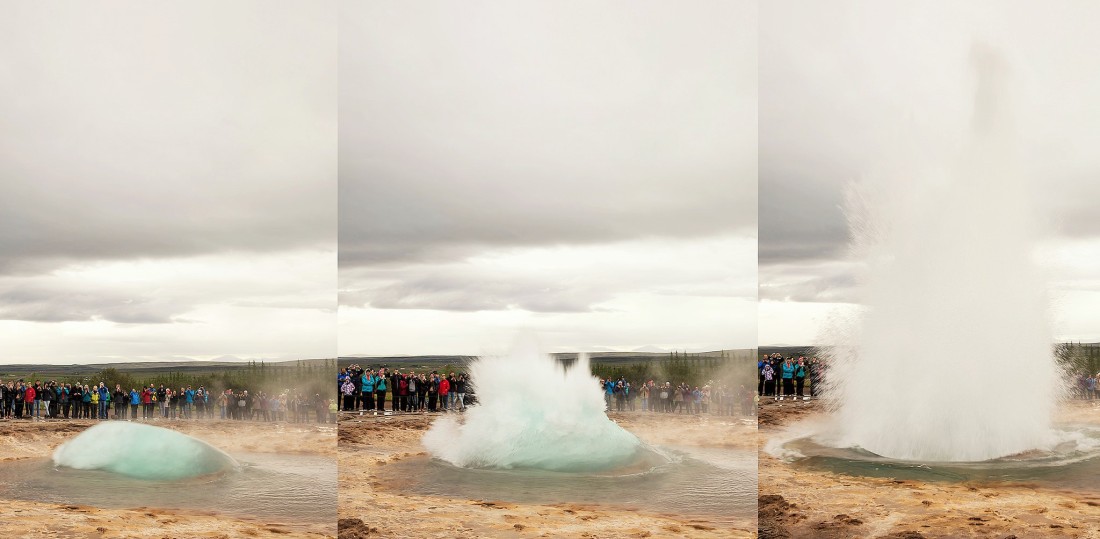
photo: unukorno
STROKKUR GEYSER
Geysers – hot springs rapidly discharging water column accompanied by steam, all at boiling point. The name comes from the Geysir – Icelandic name for a geyser that used to be highest in the world that was able to eject water up to 80 metres. Geysir was active between the fourteenth century until the ’60s. It is dormant now. The only active geyser in Iceland is Strokkur that regularly ejects 35 metres high water column every 6-10 minutes.

GULLFOSS – THE GOLDEN WATERFALL
Gullfoss – the Golden Waterfall on the Hvítáriver. It consists of two cascades – 11 and 21 meters high. A rainbow often comes out over the Gullfoss. According to local legends the ends of the rainbow indicate the place where gold is hidden.
ÞINGVELLIR NATIONAL PARK
Þingvellir – the National Park situated on the northern shore of the largest lake of Iceland – Þingvallavatn. The place often played a key role in the history of the island. Iceland’s parliament – the Alþingi, gathered here for the first time in 930 and continued to be called here until the end of the 18th century. Alþingi is now the longest continuously existing parliamentary institution of the world. Þingvellir remains a popular place for national and patriotic celebrations.
The national park is situated in the place where two tectonic plates meet – the Eurasian and the North American. The Almannagjá valley being a sliver between those two plates is a geological border between Europe and America.
The Öxarárfoss waterfall is one of the attractions on the spot. Not many people know that it came into being in 10th century as a result of an artificial correction of a flow of the Öxará river to provide fresh water to the assembly place. The Þingvellir National Park was inscribed on World Heritage UNESCO List in 2004.
Day 4
![]()
![]()
![]()
![]()
![]()
![]()
![]()
![]()
GLACIERS, WATERFALLS, VOLCANOES
- bus tour
- Seljalandsfoss waterfall and The Markarfljót river
- tour near Hekla, Krafla and Eyjafjöll volcanos
- lunch
- Þorvaldseyri – museum of the Eyjafjöll volcano eruption
- Skógafoss waterfall and Skógar open-air museum
- Sólheimajökull glacier
- rock formation Dyrhólaey
- birdwatching – colonies of puffins and gannets
- dinner
- return to the hotel in Reykjavík
Lunch – picnic

Dinner in Vík – Icelandic cuisine
FOR THE BRAVE ONES…
KÆSTUR HÁKARL
Greenland shark pickled in a special, traditional fermentation process. Shark meat is buried in volcanic ashes for 12 weeks. Then it is hung up and being dried for five months. The dish has a specific taste and a smell to which reportedly it is possible to get used to…
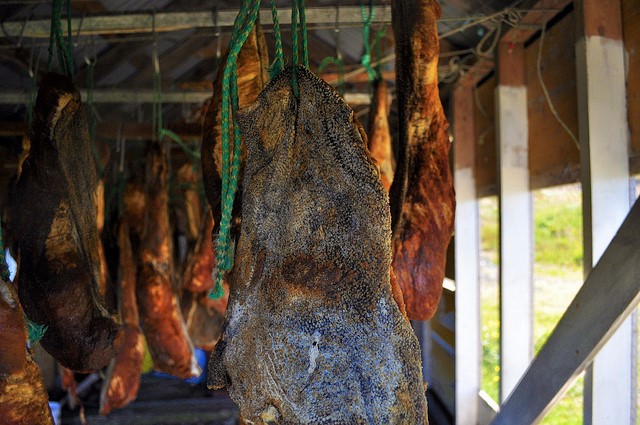
photo: Troy
DID YOU KNOW?
ICELANDIC HORSES
Icelandic horses stand an average of 130 and 145 cm high what is often considered a pony size. Nevertheless, do not try to call them ponies in the presence of an Icelander because you can mortally offend him. Pedigree of Icelandic horses comes from the horses of first Viking settlers. Icelandic horses are very sturdy and have a fiery temper. They also excel in long life.
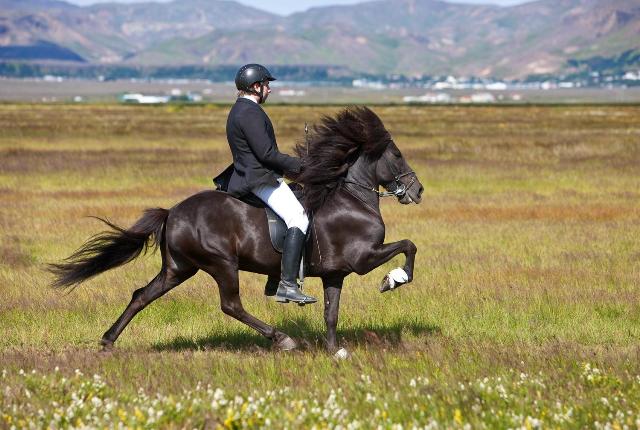
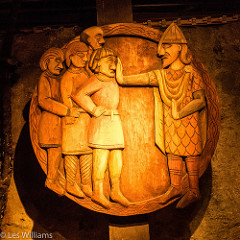
SAGAS OF ICELANDERS OR FAMILY SAGAS
Stories describing episodes in history that took place during the first settlement and development of statehood in Iceland in the tenth and early eleventh century. Sagas depict the history of families in Iceland. They have extraordinary cultural value for Icelanders and also are a tremendous source of information about the daily life in Viking era. They were functioning in oral tradition at the beginning. In the thirteenth and fourteenth century sagas were written down by many, often anonymous authors. One of the most famous is Njáls saga – one of the longest and without a doubt the most beautiful ancestral saga. The action takes place by the Markarfljót River.
SOUVENIR FROM ICELAND
LOPAPEYSA
a sweater with a characteristic yoke design
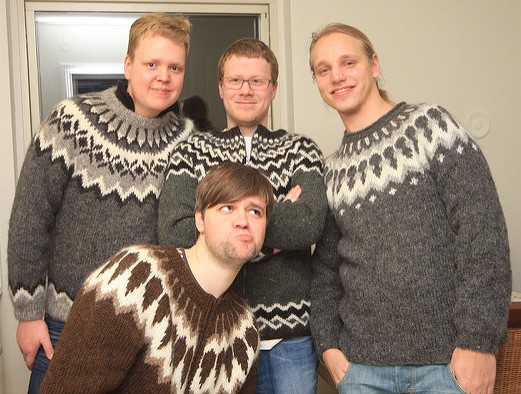
photo: Guðmundur Bjarni Ólafsson
Day 5
![]()
![]()
![]()
![]()
![]()
![]()
‘THE BLUE LAGOON’ AND THE RETURN JOURNEY
- transfer to the Blue Lagoon – Blaá Lónið
- bathing in a warm lake
- lunch
- transfer to the airport
- flight to Warsaw

Lunch in water

Bathing in the Blue Lagoon
BLÁA LÓNIÐ – ‘THE BLUE LAGOON’
Lido organised in a warm lake. Bathing in thermal waters rich in minerals has an excellent impact on skin. Above all first class relax guaranteed and our trip to Iceland will stay in memories forever.
PRICE from 1060 € per person*
*for 20-person group. The price includes return flight from Warsaw to Iceland, transfers, admissions to attractions, guide assistance, accommodation in a double room, meals.
The programme is addressed to groups from 10 to 50 people
The above offer is intended as information and does not constitute a commercial offer within the meaning of article 66 § 1 of the Polish Civil Code and other relevant legal provisions.
Legend
- hotel
- ferry or ship cruise
- horse riding
- knowledge
- shopping
- bus transfer
- canoeing rally
- monuments
- art
- attractions for kids
- meals
- amusement park
- workshop or team building
- car
- plane
- bike trips
- swimming pool
- active
- relax
- fishing
- walking tour
- diving
- nature
- spa
- nature study
- RIB
- narrow-gauge railway
- surf
- adventure park
- bungee jumping
- go-karts
- golf
- off-roading
- zip-line
- shotting range or paintball
- quads

